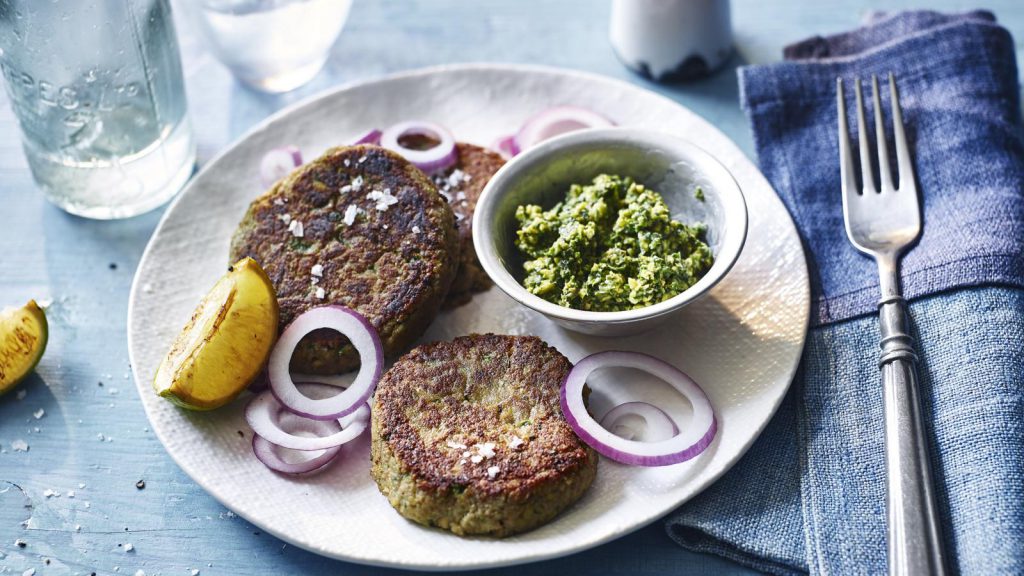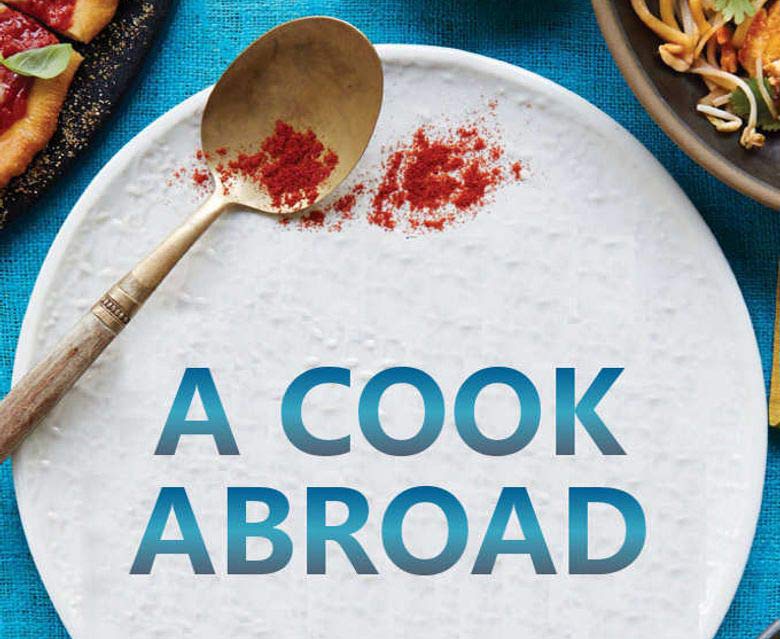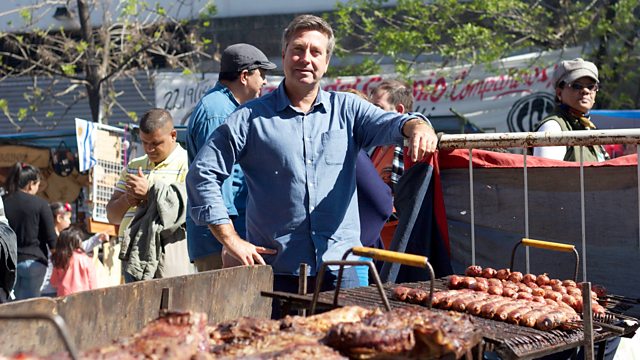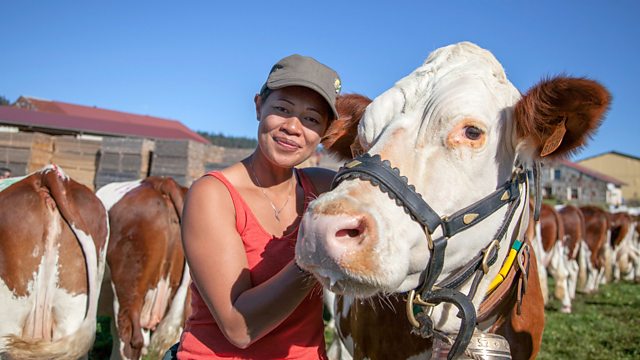Rick Stein’s India episode 4: Rick Stein arrives in the cultural city of Lucknow, reputed to be the curry capital of India and possibly the world. He explores this former Moghul stronghold in search for the best chicken korma and learns the complexities of making the perfect pulao. He is told that the food of Lucknow is the ultimate party food and joins thousands of partygoers as they enjoy one of India’s major Hindu festivals.
Further north in the Punjab, he observes the age-old process of making jaggery and is recruited as a guest judge to find Punjab’s new star chef. He cooks nimish from Lucknow, a dessert as light as air with hints of saffron, pistachios and cardamom, and a Punjabi favourite, paneer jalfrezi.
Rick Stein’s India episode 4
Paneer jalfrezi
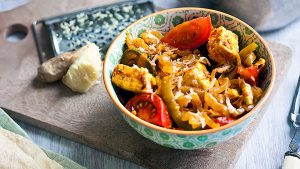
According to a poll featured in the British Curry Club’s in-house magazine, the jalfrezi is now the most popular choice in Britain’s Indian restaurants. In many Indian restaurants, however, they list ‘jalfrezi’, ‘rogan josh’, ‘dopiaza’, and then simply change the main ingredient from mutton to chicken to vegetable, so you get the impression it’s always the same sauce. This paneer curry recipe is perfect for its main ingredient.
Method:
- Heat the oil in a heavy-based saucepan or karahi over a medium heat and add the cumin seeds, whole dried chilli and about two-thirds of the shredded ginger, and fry for 30 seconds until aromatic.
- Add the onions and green chilli and fry for 5–6 minutes, or until the onions are just softening but not browned and still have a little crunch. Add the peppers, salt, turmeric and chilli powder, and fry for a further 3–4 minutes.
- Lower the heat, add the paneer to the pan and gently stir everything together for about five minutes, then add the tomato and heat through. Stir in the vinegar, ground cumin and garam masala, scatter with the remaining shredded ginger, and serve.
Shami kebabs
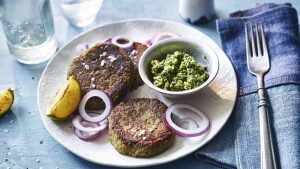
Shami kebabs were apparently invented by a highly skilled chef for a toothless Nawab of Lucknow. The Nawab was so fat from overindulgence that he couldn’t get on a horse, and his teeth were all gone, presumably for the same reason. So a kebab was made so fine that it required no teeth to eat it. When I hear stories like that I’m inclined to think, ‘If you believe that, you’ll believe anything.’ But then again, it’s a nice story, and so are the kebabs – silky smooth and stuffed with just a little finely chopped onion, mint and green chilli.
Method:
- Drain the split peas and put them aside.
- Put the onions, garlic, ginger and two tablespoons of water in a mini food processor and blend to a paste.
- Heat the ghee or oil in a heavy-based saucepan over a medium heat, add the onion paste and cook for about 10 minutes. Stir in the lamb mince and split peas, pour over enough water to just cover the meat (roughly 400ml/14fl oz), add half a teaspoon of salt, partially cover with a lid and bring to a simmer. Cook for 20 minutes then remove the lid and cook for a further 5–10 minutes, or until the meat is just starting to brown and catch on the bottom. It’s important that any excess moisture has evaporated. Transfer to a plate and leave to cool for about 15 minutes.
- Tip the mixture into a food processor and blend into a smooth paste. Add the green chillies, coriander, garam masala, chilli powder, cumin, the remaining salt and the lime juice to the lamb mixture and blend again, then gradually add enough of the egg to bind the mixture without making it too wet. Transfer the mix into a bowl and stir in the flour.
- In a separate bowl, mix together all the filling ingredients and drain off any excess liquid.
- To shape the kebabs, wet your hands and divide the mixture into about 16–20 portions. (If the mixture a little too wet to shape into patties, then add another tablespoon of flour.) Shape one portion into a patty about 4cm/1½in in diameter and 5mm thick. Spoon three-quarters of a teaspoon of the filling in the middle of the patty, and draw the edges around and over it to encase the filling and form a rough ball. Then, carefully, flatten it into a 5mm-thick patty. Place on a tray and repeat with the remaining mixture. Refrigerate for an hour.
- Heat a few tablespoons of oil in a heavy-based frying pan over a medium heat. Fry the patties in batches for 2–3 minutes on each side, or until golden-brown and cooked through. Remove the patties from the pan and add the lime quarters for 1–2 minutes until warm.
- Sprinkle the kebabs with a little salt and serve with the lime wedges, red onion rings and green chutney on the side.
